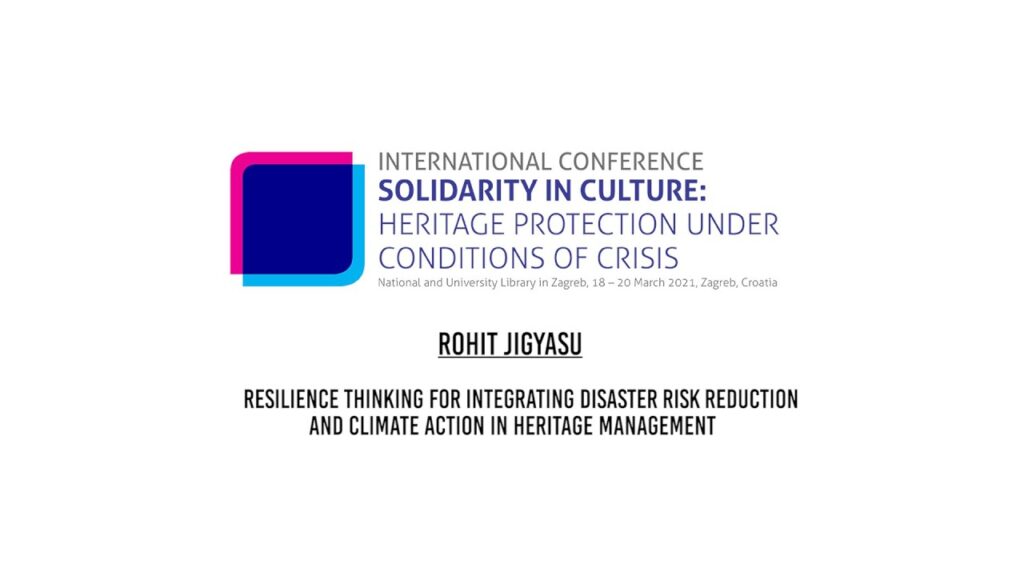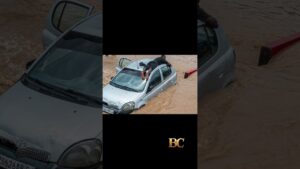
Rohit Jigyasu: Resilience thinking for integrating disasterrisk reduction and climate action in heritagemanagement
ICCROM, Italy
Resilience is defined as “the capacity of a system to deal with change and continue to develop”, and therefore it broadly refers to the management of change in heritage places. In the context of disaster risk management of cultural heritage, resilience thinking implies proactively dealing with various risk scenarios and developing coping mechanisms to respond and recover from disasters. Therefore, rather than considering disaster risk management as a standalone plan, this new approach embeds it as part of integrated conservation and management of heritage sites by linking nature and culture in a broader territorial context for building their resilience. Such an approach also reinforces the link between catastrophic hazards and slow and cumulative ones that increase the vulnerability to disasters. Besides, it encompasses effective strategies for mitigation, adaptation and preparedness to address disaster risks and also recognizes the link between disasters and climate change by looking at ways of integrating climate change mitigation and adaptation strategies with disaster risk management of cultural heritage. The presentation will elaborate on this new approach and its implications on the capacity building of heritage professionals through the ICCROM’s new initiative under the World Heritage Leadership Programme on Understanding People, Nature, Culture: Heritage Management for Building Resilience of Living Traditional Settlements. It aims to guide heritage professionals and institutions to develop heritage management actions that take into account multiple hazards and risk factors related to disasters (including those resulting from climate change)
from the larger natural setting, being able to solicit management solutions for risk mitigation, adaptation and preparedness for living settlements.
source



